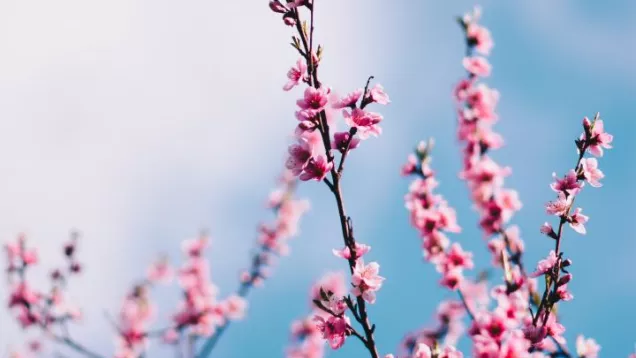
On May 22nd, 2020, I hosted the City’s 2nd Annual Tree Summit. At last year’s Summit we invited urban foresters from 5 cities to come and participate in a panel discussion, moderated by Mayor Eric Garcetti. This year we chose to focus on inviting experts from the research community to our online event. I want to say a heartfelt thank you to our guest speakers, as well as Mayor Garcetti, Board of Public Works Commissioner Villegas, General Manager of StreetsLA Adel Hagekhalil, Streets LA Chief Sustainability Officer Greg Spotts and LA Chief Forester Tim Tyson, and all the City staff who supported the event. You can view the entire Tree Summit, including the complete Q&A, here.
We were fortunate to have highly respected industry experts join us. Dr. Tom Smiley, a researcher with Bartlett Tree Research Lab, has over 120 published articles and is the Chair of the International Society of Arboriculture (ISA) Best Management Practices Committee. He shared research on different interventions used to prevent tree root damage to sidewalks, including a study that looked at root pruning and impacts on tree health and stability. The City’s own Chief Forester, Tim Tyson, shared a case study from the Safe Sidewalks program, describing the process and steps taken to preserve trees on Cherokee Avenue.
As the City’s street tree inventory is now underway, Greg Spotts provided an overview of the progress that has been made, and shared the resources that are available to the public. Nearly 70,000 street tree sites have been mapped to date. Members of the public can access the tree inventory and also see reports that are generated after a Neighborhood Council area is completed.
Miranda Hutton from the U.S. Forest Service provided an overview of the LA Center for Urban Natural Resource Sustainability (LA Urban Center), which has been a tremendous partner for the City of Los Angeles and provides support for on-going urban forest research. Check out their current research and cohort of research fellows for 2020-2021 here.
Dr. Matt Ritter, author and professor at Cal Poly, San Luis Obispo (SLO), talked about the complexity and factors to consider when selecting tree species, particularly in light of the changing climate. He emphasized the need to know and understand tree species as well as prioritize tree establishment care after planting. The SelecTree website hosted by the Urban Forest Ecosystems Institute at Cal Poly SLO is an excellent tool for people looking to explore tree species selection. Other great tree selection resources include Matt Ritter’s book A California’s Guide to the Trees Among Us and the Street Trees Recommended for Southern California, produced by Street Tree Seminar.
Last, but certainly not least, we shared brief updates about the work of some of our other City departments. I’ll be doing follow-up blog posts to share more details about these exciting projects, which included:
- Recreation and Parks’ CalFire grant implementation for their tree inventory, which has inventoried 61,317 trees at 197 parks sites to date. As part of this grant, they have also planted 695 trees, with 85% of those trees planted by volunteers.
- LA Department of Water and Power’s Energy Efficiency Solutions Program, which utilizes City Plants and their non-profit partners to distribute and plant trees in the City. Trees provided by this program are now saving 6.3 GWh/yr and avoiding and sequestering over 4,000 metric tons of CO2/yr.
- Department of City Planning’s Wildlife Pilot study, which will result in a series of regulations for new development within the eastern Santa Monica Mountains to address habitat and connectivity for wildlife (including setbacks from resources, such as significant trees, which will broaden protection for mature trees);
- Bureau of Engineering’s Safe Sidewalk Program, which has repaired over 86 miles of sidewalk at 1,550 sites. The Program has been able to preserve in place over 4,200 trees and planted 1,300 trees.
-
LA Sanitation and the Environment’s implementation of their four CalFire grants, totalling $4.75 million in funding for tree planting in high need communities. They have planted 5,288 trees to date and will remove a total 72,815 sq. ft. of concrete in the creation of new tree wells. These projects focus on planting trees in high need communities, particularly around schools and essential corridors for these communities.
Thank you to StreetsLA for their support with logistics and a huge thank you to everyone who attended and participated in the Q&A. We look forward to future opportunities to share tree best practices and our work!